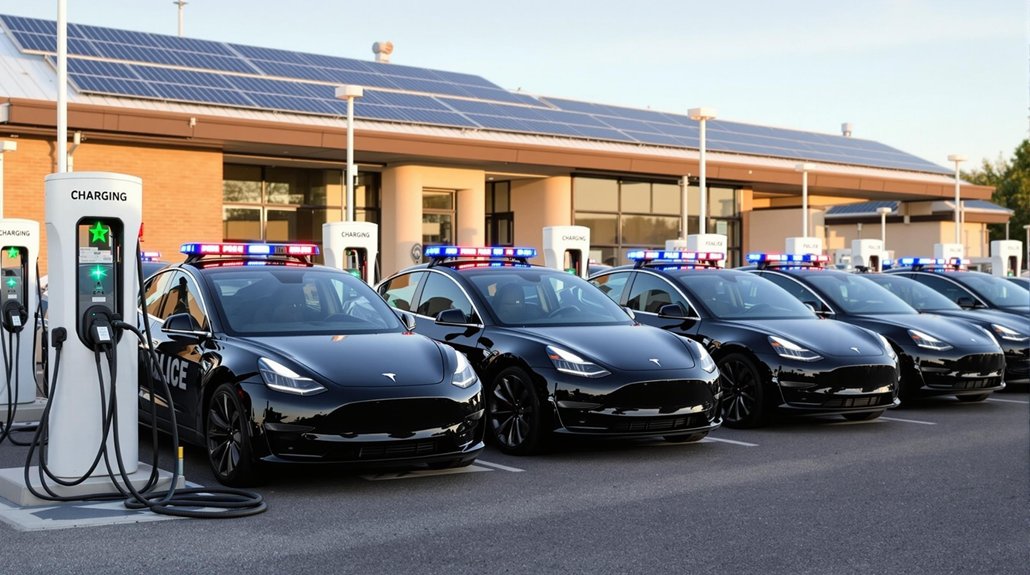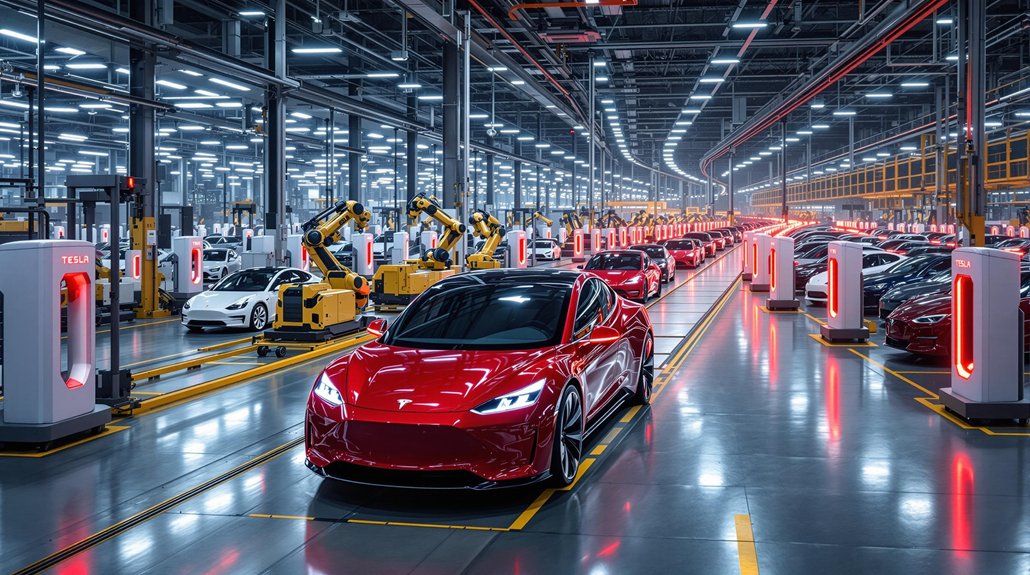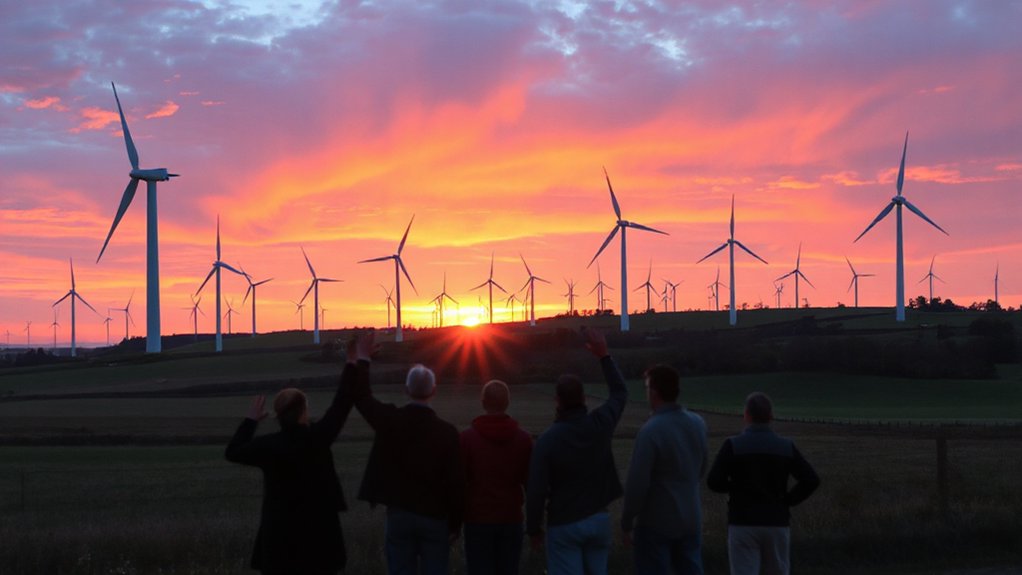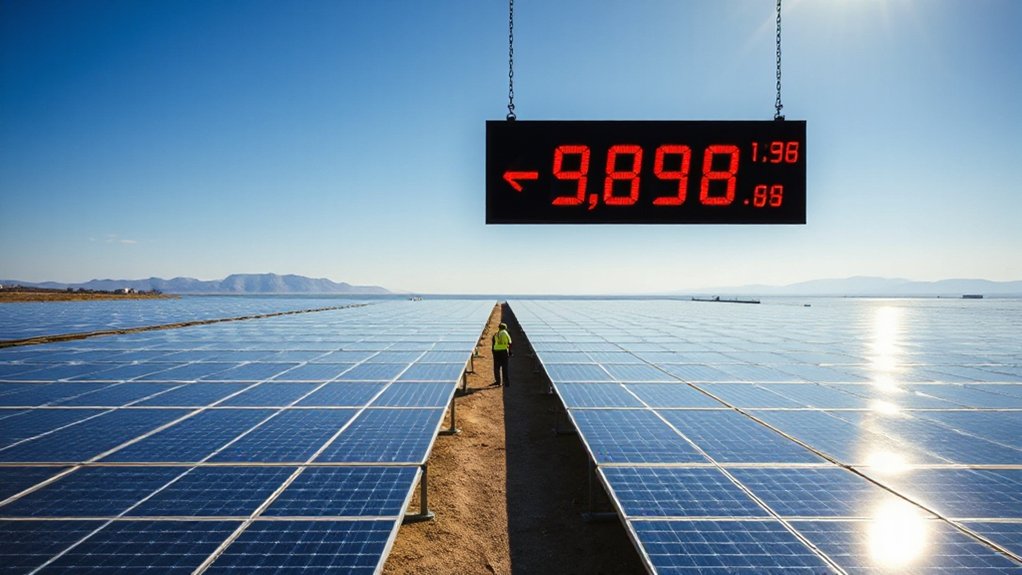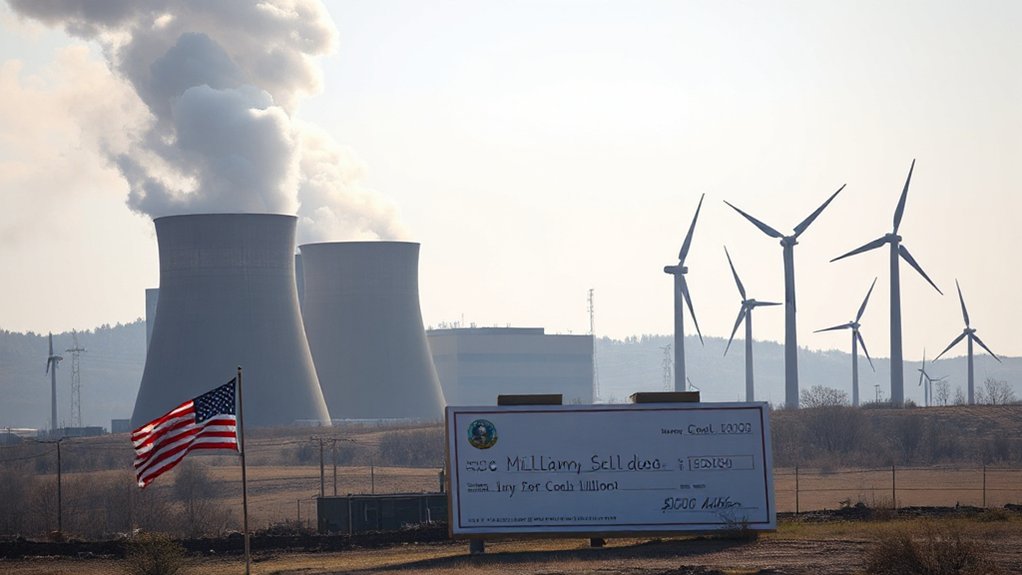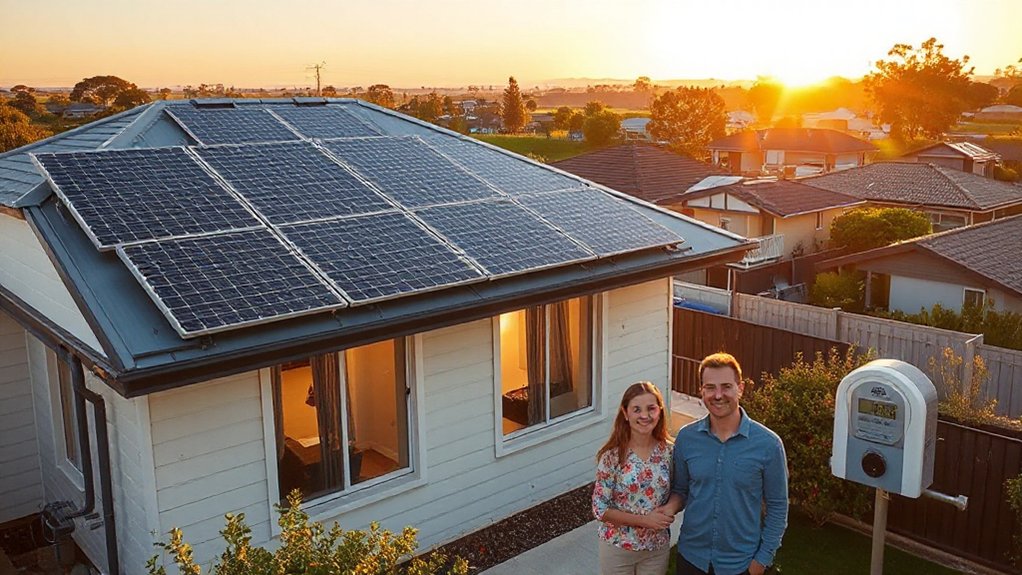Tesla’s battery swap program, once promoted as a groundbreaking solution for electric vehicle charging, has faded into obscurity. In 2013, Elon Musk demonstrated how Tesla’s system could replace a car’s battery faster than filling a gas tank. Despite initial excitement and the installation of a pilot station in California, the program quietly disappeared by 2015. The company shifted its resources toward expanding its Supercharger network instead. What happened to this promising technology, and why did Tesla abandon it?
While Tesla wowed audiences in 2013 with a flashy demonstration showing how quickly a Model S battery could be swapped, the technology ultimately became one of the company’s most controversial unfulfilled promises. At the event, Tesla claimed it could replace a battery in just 90 seconds, faster than refueling a gas car. This wasn’t a new concept for the company – Elon Musk had described battery swapping as a standard recharging method as early as 2009.
Tesla’s splashy battery swap demo promised 90-second changes but ultimately joined the company’s graveyard of abandoned innovations.
The Model S was designed from the beginning with battery swapping in mind. The demonstration generated significant publicity and raised high expectations. However, the actual deployment was much slower than anticipated. Tesla didn’t announce a pilot program until December 2014, more than a year after the initial demonstration.
The only battery-swapping station ever built opened in March 2015 at Harris Ranch, California. It was placed next to an existing Supercharger site. The swap process took about three minutes, longer than initially promised. Only selected Model S owners could participate in the pilot program. Each station was estimated to cost Tesla around $500,000 and would be equipped with approximately 50 replacement batteries.
Several challenges emerged during implementation. The process required specialized infrastructure and significant investment. The technology needed manual work to remove protective plates shielding the battery. Most importantly, customer interest was low, partly because Supercharging was free for many Tesla owners. Despite Jefferies analyst survey indicating 54% of owners were interested in battery swap, the reality of actual participation was dramatically lower.
Critics accused Tesla of over-promising the feasibility of battery swapping. Some skeptics, like Ed Niedermeyer, suggested the technology was primarily showcased to secure subsidies and credits for zero-emission vehicles. Others labeled it a distraction from Tesla’s core priorities.
By mid-2015, Tesla stopped expanding the program. The company shifted its focus to improving and expanding its Supercharger network instead. Tesla explained that most customers preferred the simplicity of Supercharging over battery swapping.
The battery swap story remains a contentious chapter in Tesla’s history. Critics view it as evidence of the company making promises it couldn’t keep, while supporters see it as an experiment that simply didn’t work out as expected.


